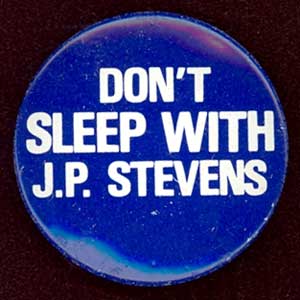“I have a framed, yellowing copy of my first published oeuvre, a poem called ‘Fresh Fruits of Autumn Leaves,’ which at five years old I had composed for my mother while we were having a bath…. My mother jumped out of the tub, grabbed a pen and paper and asked me to repeat what I’d said….
“My father, so moved by this effort , sent my poem to the Carolina Israelite — why this publication, I’ll never know…. Even at age five… I knew it would never have gotten published if my father hadn’t been James Jones.”
— From “Lies My Mother Never Told Me: A Memoir” (2009) by novelist Kaylie Jones
Naturally, I was curious. What was the connection between Israelite editor Harry Golden and James Jones, author of “From Here to Eternity” and “The Thin Red Line”? They shared bestseller lists in the ’50s, of course. But my inexpert Googling turned up no more in common than both their names on free-speech petitions on behalf of Lenny Bruce.
Although Jones isn’t mentioned in the Harry Golden Papers at UNC Charlotte, I found what I was looking for in the James Jones Papers at the Harry Ransom Center, University of Texas at Austin: a 1965-66 exchange of letters between Golden in Charlotte and Jones in Paris, plus Gloria Jones’ handwritten manuscript and James Jones’ typewritten version.
And here’s the Carolina Israelite connection: “Dear Harry Golden, It turns out that my secretary is a great fan of yours and receives your columns from a brother at home. So I’ve been reading them too…. You published a poem by a young boy of seven, or was it nine?… It gave me the idea of sending you a poem which my five-year-old daughter wrote, and which astounded me…. If you could see your way clear to printing it, we would all be most happy…”
Golden: “I will run Kaylie’s poem in the January issue…. The next time I get over there I’ll call you and maybe we can have a chat and bit of fellowship.”
Jones: “I am writing now at the request of my wife, who would like ‘many, many copies’ of the January issue. If you could send us… say 60 or 80, I would reimburse you at their retail cost.”
These are only excerpts — I forwarded to Kaylie a copy of her father’s lengthy and (in Golden’s words) quite “warm-hearted” query letter. “What an amazing thing to receive,” she replied. “I’m sitting here with tears streaming…. How wonderful to know how he chose that publication!”


